 Web Content Display
Web Content Display
 Web Content Display
Web Content Display
 Web Content Display
Web Content Display
One hundred years ago, we were still trying to figure out the cosmic order. Astronomers were busy collecting data to investigate our place in the cosmos, revealing that there is much more to the Universe than our local hub of stars in the Milky Way, which is but one of a myriad of galaxies. A new theory to describe gravity, developed by Albert Einstein, famously found observational proof during a solar eclipse.
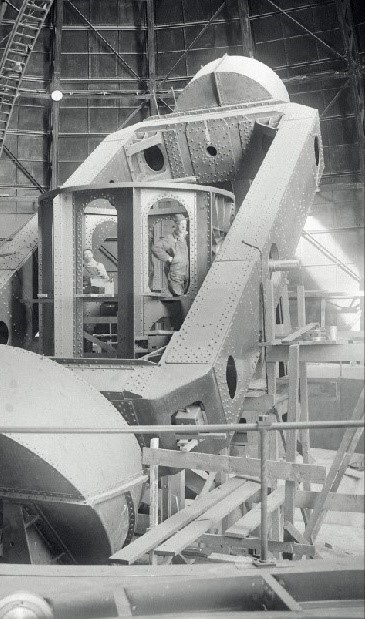
HOOKER TELESCOPE
Completed in 1917, the Hooker Telescope at Mount Wilson Observatory USA, was the largest and most precise astronomical instrument in the world for nearly three decades.
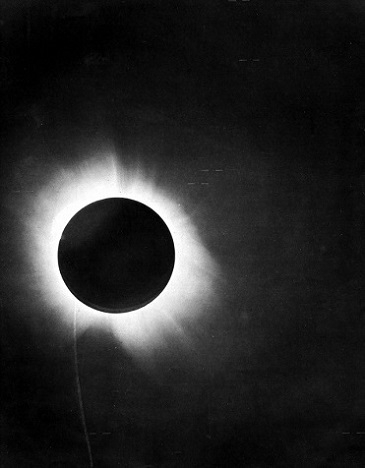
TOTAL SOLAR ECLIPSE
Observations of a total solar eclipse on 29 May 1919 were used to successfully test, for the first time, Albert Einstein's General Theory of Relativity.
 Web Content Display
Web Content Display
The further galaxies are, the faster they move apart. This observation, in 1929, demonstrated that the Universe is expanding. The first astronomical observations in radio waves opened a brand new window to study the cosmos.
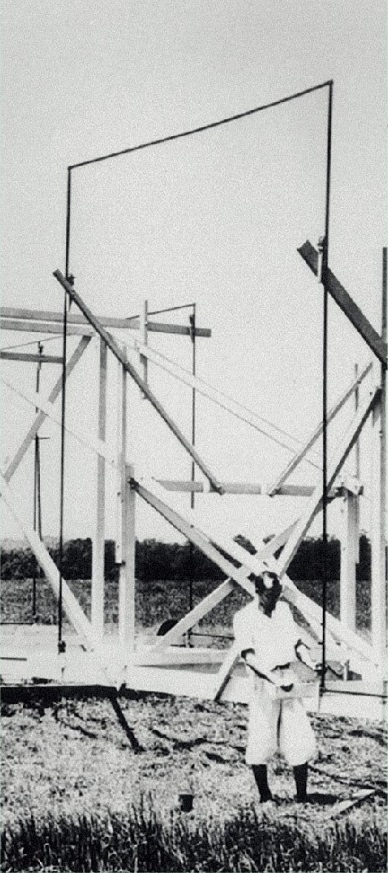
In 1933, Karl Jansky was busy developing the trans-Atlantic radio telephone service when he accidentally detected radio signals coming from a distance source: the centre of the Milky Way.
 Web Content Display
Web Content Display
During the dark times of World War II, a number of technologies were developed that would later have a major impact on astronomy. Literature and culture featuring fictional journeys through the stars and visits to imaginary worlds offered an intellectual escape and glimmer of hope. After the war, the International Astronomical Union (IAU) rediscovered itself in a somewhat new, uniting role: bringing together a deeply conflicted community via the means of science.
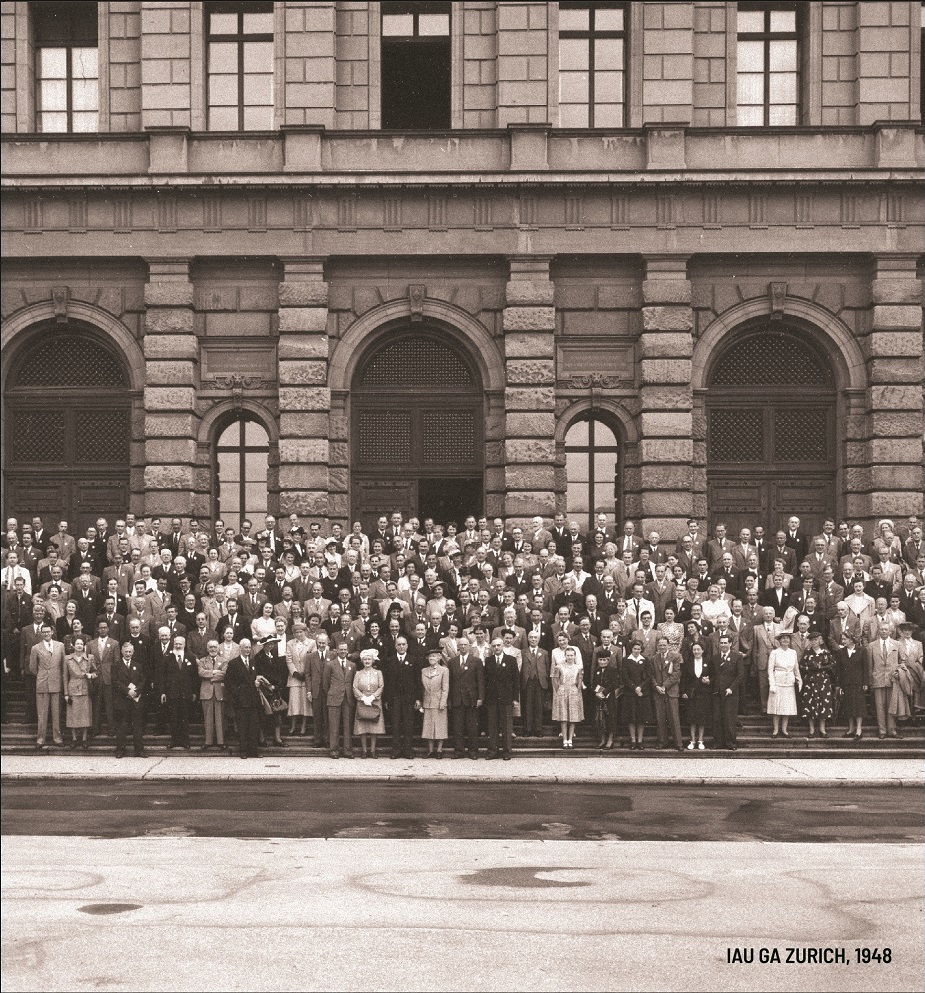
 Web Content Display
Web Content Display
In the 1950s, we realised that stars do not shine forever, and that their demise creates heavy elements, spreading them throughout the cosmos. The launch of the first satellite into Earth's orbit inaugurated the space era, opening new horizons for astronomy. On the ground, observations of cosmic radio emission made it possible to derive the first comprehensive image of our own Galaxy.
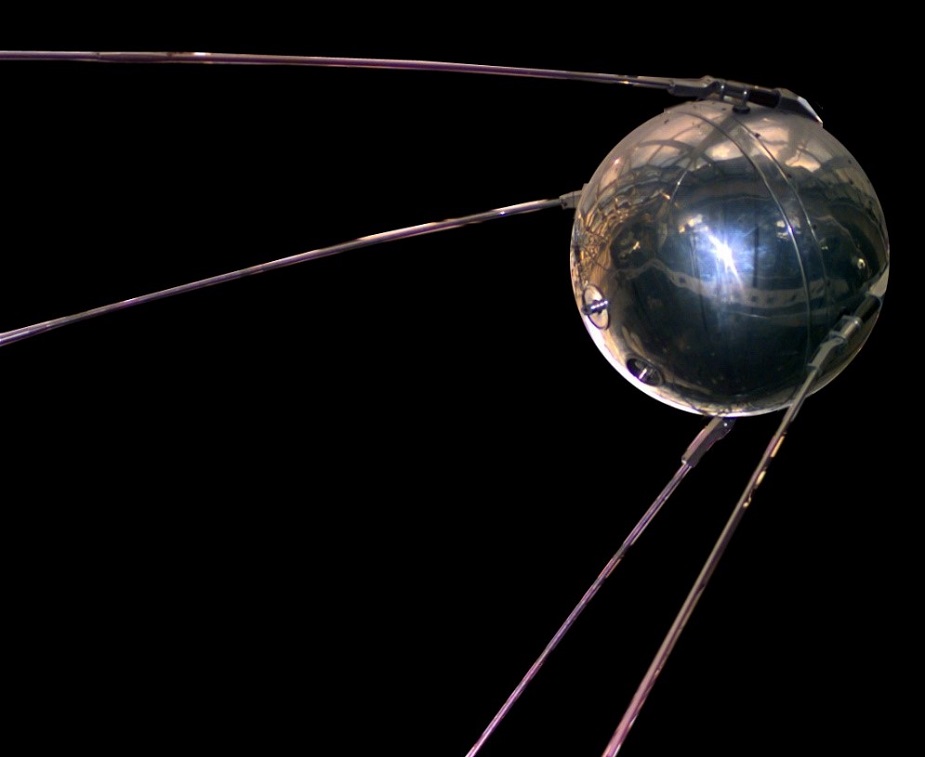
SPUTNIK
The Soviet Union launched the Sputnik 1 satellite from the Baikonur Cosmodrome on 4 October 1957, setting forth the pursuit of human spaceflight beyond the realm of Earth's gravity.
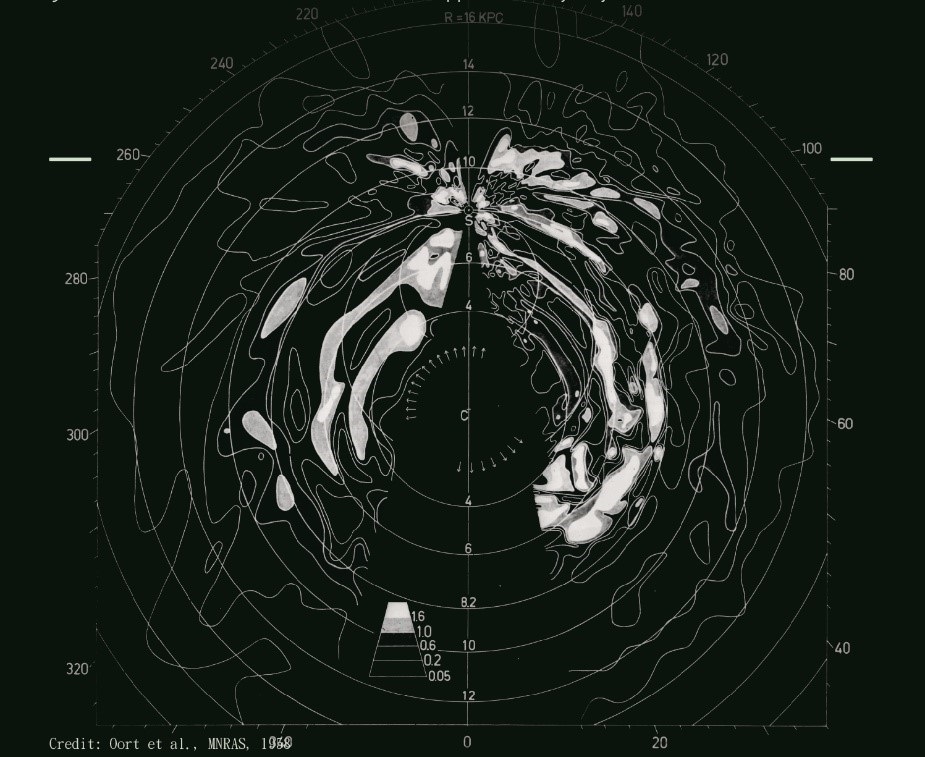
FIRST MAP OF THE MILKY WAY
In 1958, observing radio waves at a wavelength of 21 cm, Jan Oort and his team mapped the diffuse gas that exists between individual stars in our Milky Way.
 Web Content Display
Web Content Display
While space probes were sent to the Moon and Venus, astronomers on Earth accidentally detected the earliest light in the history of the Universe. The discovery of a mysterious radio signal revealed rapidly spinning neutron stars, also known as pulsars. Advances in computing and software development provided astronomers with powerful tools to study the cosmos.
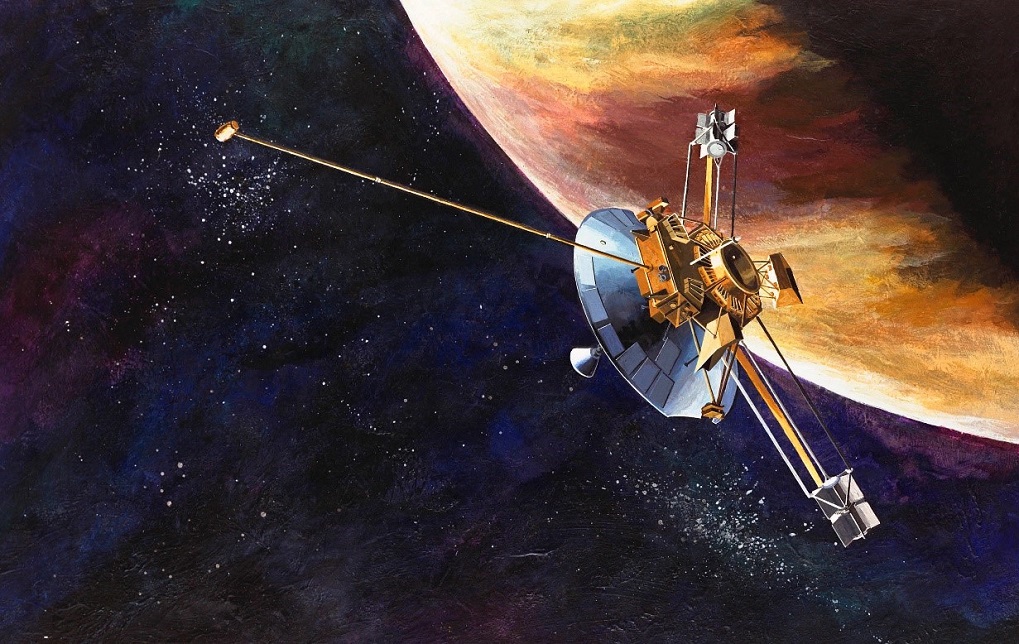
PIONEER
The Pioneer programme began in the late 1950s with a series of space probes to study the Moon. As ambition grew, subsequent spacecraft were set on interplanetary journeys to explore the Solar System.
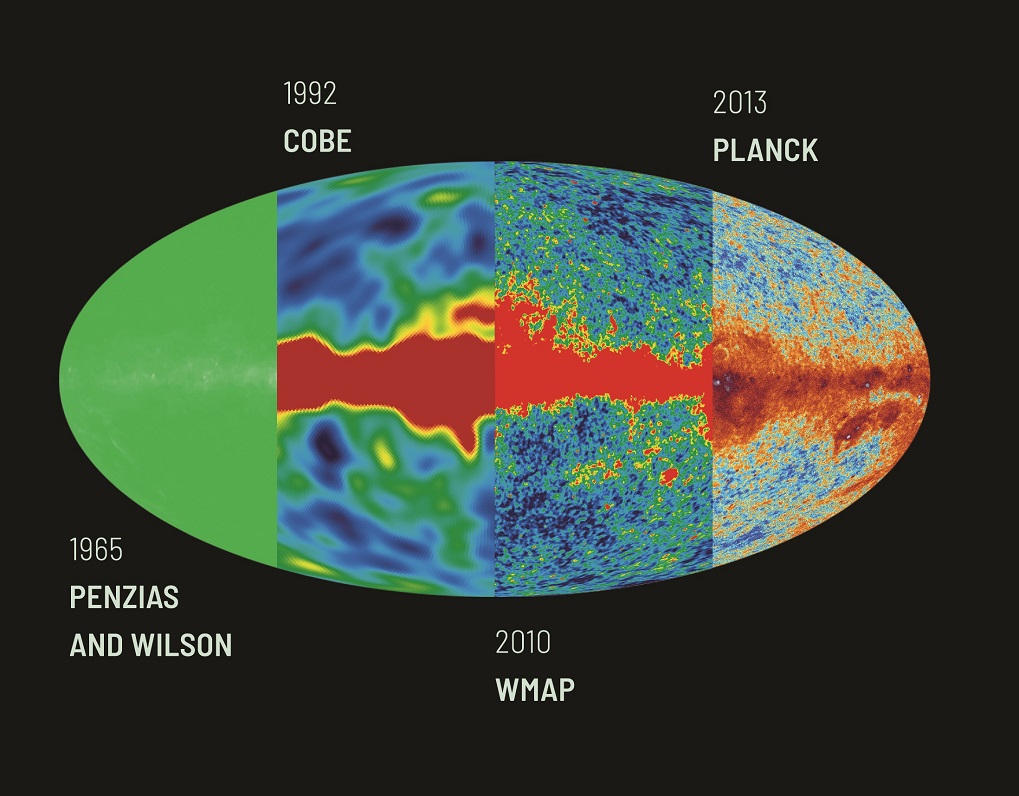
A relic from the Big Bang, the Cosmic Microwave Background Radiation dates back to when the Universe was only 400 000 years old. It was discovered in 1964 by Arno Penzias and Robert Wilson.
 Web Content Display
Web Content Display
The Apollo Program, with the first landing of humans on the Moon in 1969, has changed the way we look at space exploration forever. Space probes were launched throughout the 1970s to explore our Solar System, including several Mars missions and the two Voyager spacecraft that would visit Jupiter, Saturn, Uranus and Neptune. Meanwhile, we also discovered the crucial role of the interstellar medium in the formation of stars, and revealed new phenomena about the workings of our parent star, the Sun.

MOON LANDING
The Apollo Program, one of the most iconic space projects, is the only programme to date that brought humans to another celestial body, between 1969 and 1972.

The Voyager 1 & 2 missions were designed to explore the giant planets - Jupiter, Saturn, Uranus and Neptune. Both missions have now reached the edge of the Solar System and beyond.
 Web Content Display
Web Content Display
In 1986, during Comet Halley's approach to the Sun, the Giotto spacecraft made the first close flyby of a cometary nucleus. One year later, the observation of a supernova explosion in a nearby galaxy helped push forward our understanding of stellar evolution. Thanks to the efforts of exceptional scientists around the world who were active as science communicators, astronomy and physics started becoming more prominent in modern media and culture.

HALLEY'S COMET
In 1986, the Giotto spacecraft flew within 600 kilometers of Comet Halley and revealed for the first time how the nucleus of a comet looks up close: very black due to organic material.

In February 1987, a flash appeared in the southern night sky: it was the 1987A Supernova, which was visible to the naked eye for several months.
 Web Content Display
Web Content Display
The launch of the Hubble Space Telescope in 1990 revolutionised our understanding of astronomy by providing clear and deep views of the cosmos from a vantage point beyond Earth's atmosphere. In this decade, we also discovered that there are planets orbiting stars other than the Sun, that a supermassive black hole sits at the centre of our Milky Way galaxy, and that our Universe is dominated by mysterious components - dark matter and dark energy.

HUBBLE SPACE TELESCOPE
The Hubble Space Telescope was launched in 1990. Among its highlights, the Hubble Deep Field portrays thousands of remote galaxies at a very young evolutionary stage.

In 1990, scientists used the cameras of Voyager 1, then more than 6 billion kilometres from Earth, to capture a series of images of the Solar System. The distant snapshot of Earth, a mere speck of light against the vast darkness of space, became known as the iconic "Pale Blue Dot".
 Web Content Display
Web Content Display
While crewless, robotic vehicles explore the surface of Mars to learn more about our neighbouring planet, observations and computer simulations are used to investigate how galaxies form and assemble in the cosmic web of filaments and voids that fills the Universe. A new definition of what is a planet - an object that is in orbit around the Sun, has a spherical shape and has cleared the neighbourhood around its orbit - prompted astronomers to reconsider the status of Pluto.
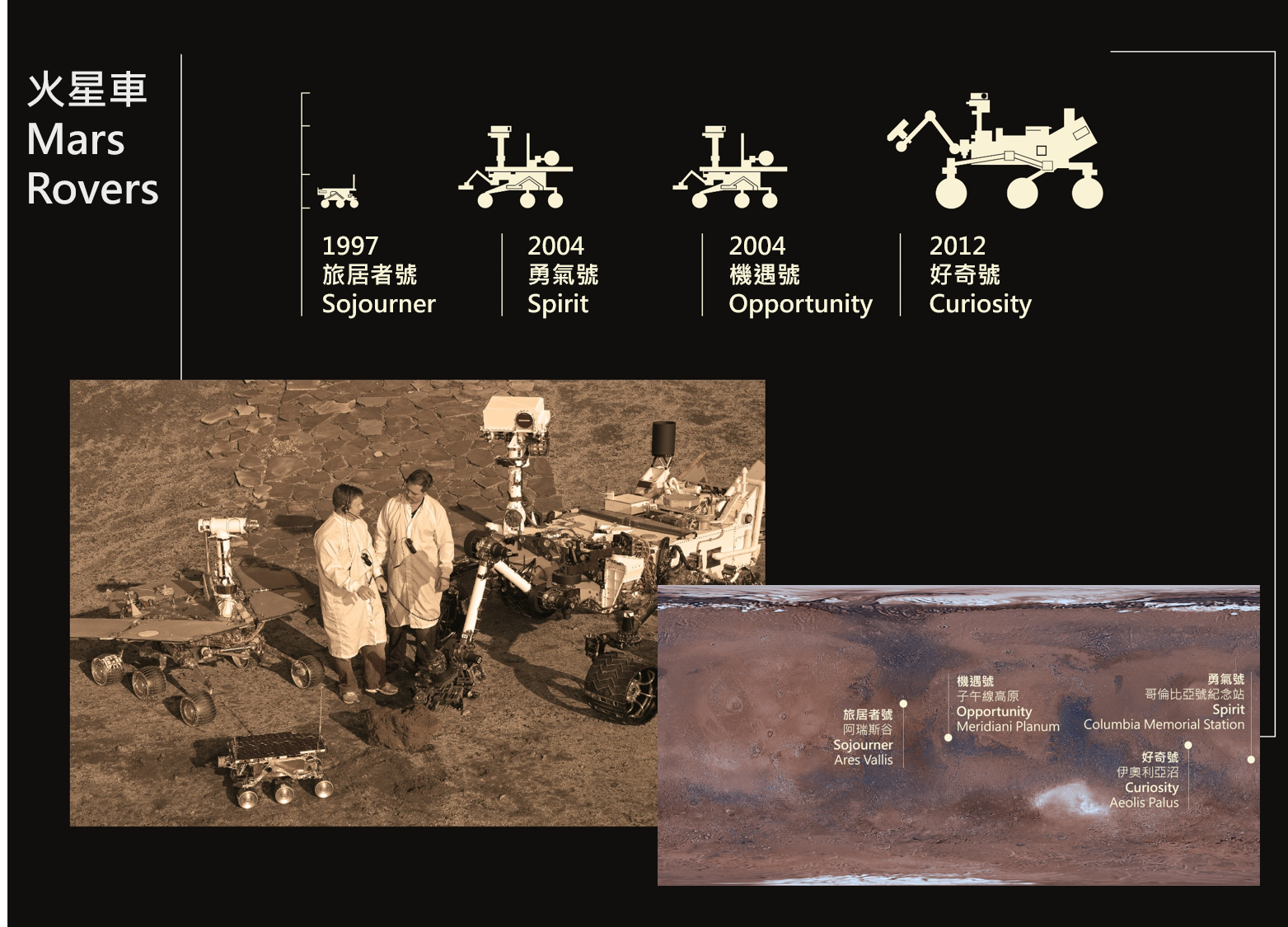
MARS ROVERS
The Mars Pathfinder mission, with its small rover Sojourner, inaugurated the era of robotic vehicles roaming on the Red Planet in 1997, followed by the Spirit and Opportunity rovers in 2004, and the more advanced Curiosity in 2012.

BLACK HOLE IN THE CENTRE OF THE GALAXY
In 2002, two international teams reported the observation of a star completing a full orbit around the centre of our Milky Way. This proved that our Galaxy, like most others, also has a central supermassive black hole.
 Web Content Display
Web Content Display
It is the era of ambitious astronomical facilities, supported by sizeable international collaborations across all continents and in space. Humans have been permanently present at low-Earth orbit for the past couple of decades and crewless probes are exploring different corners of the Solar System to investigate our cosmic origins. The discovery of gravitational waves in 2015 proved a key prediction of general relativity and opened a new scientific window to study the Universe.

GRAVITATIONAL WAVES
In 2015, the LIGO experiment recorded gravitational waves for the first time - fluctuations in the fabric of space-time - originating from the merger of two black holes, each as massive as 30 Suns.
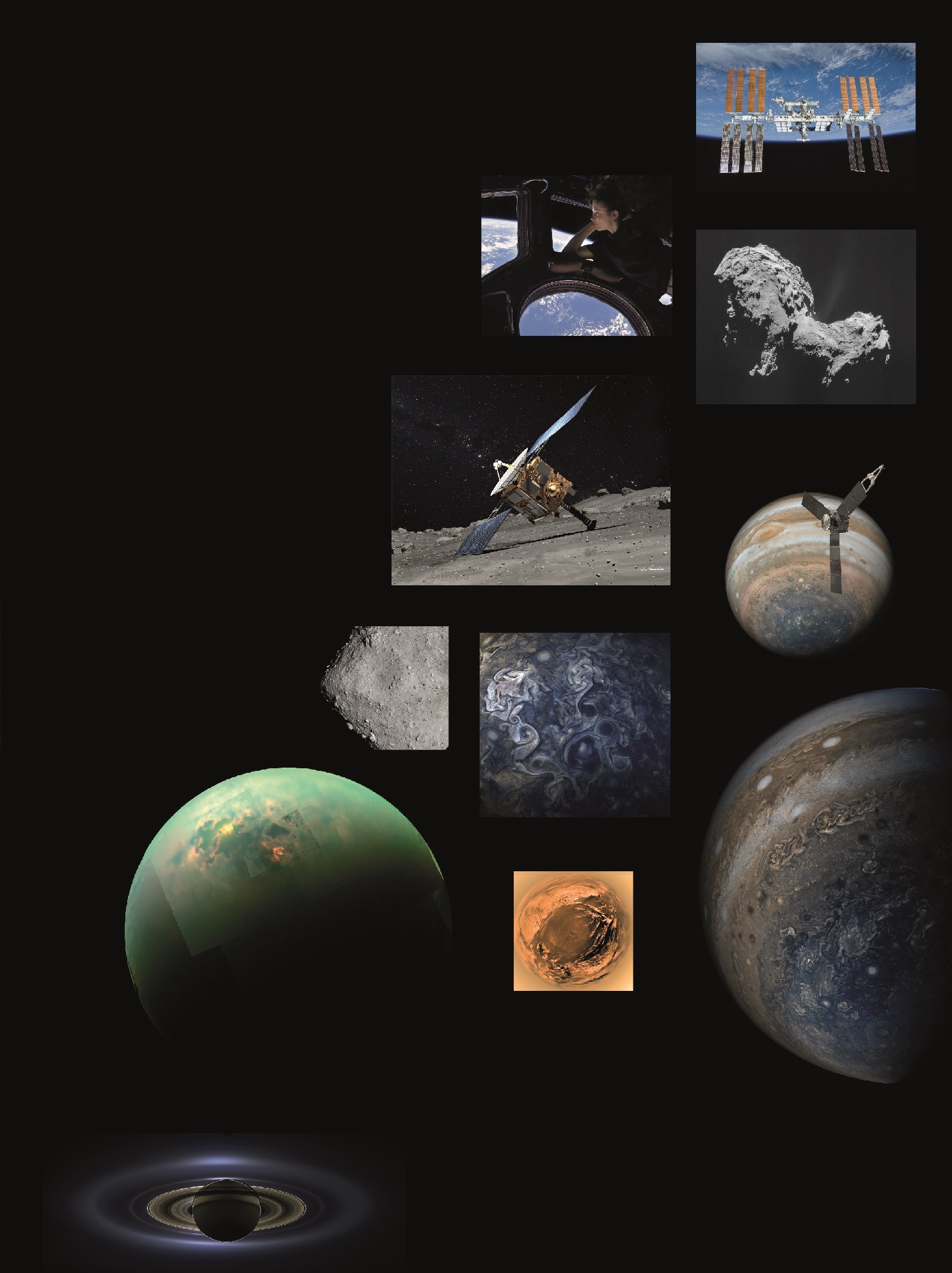
SPACE MISSION
Among many highlights, our space missions have probed the atmosphere of Saturn's moon Titan, visited a comet, collected samples from an asteroid, flown by the mountains of Pluto and observed the largest planets and moons in the Solar System.
